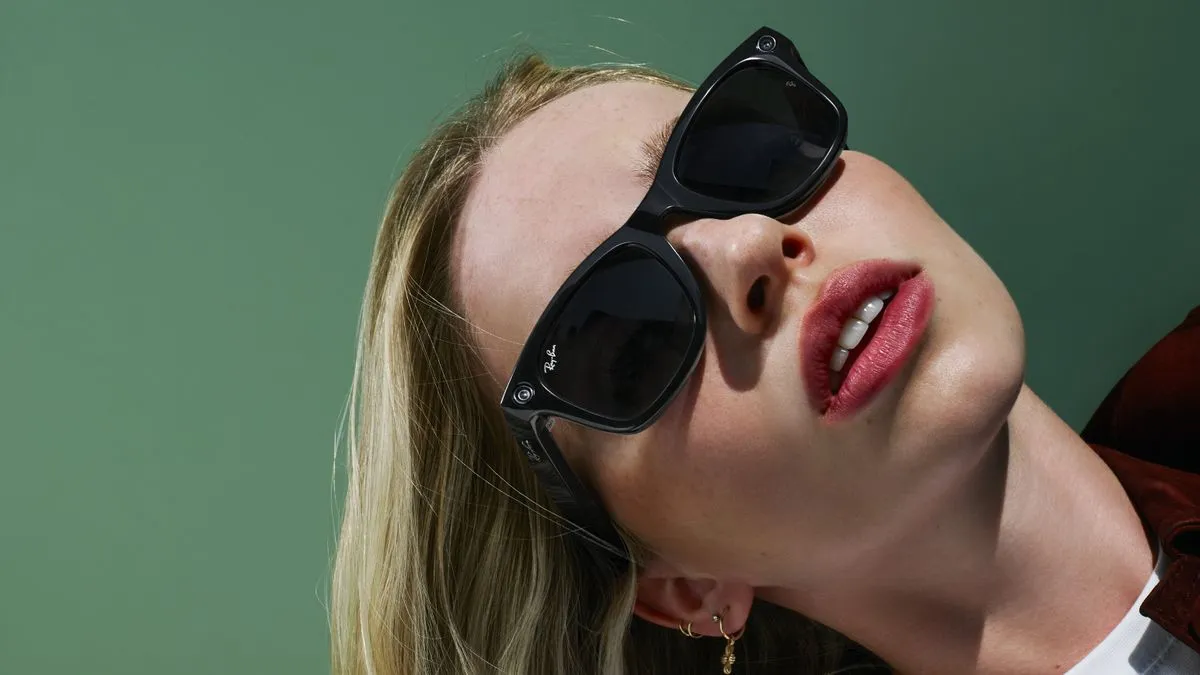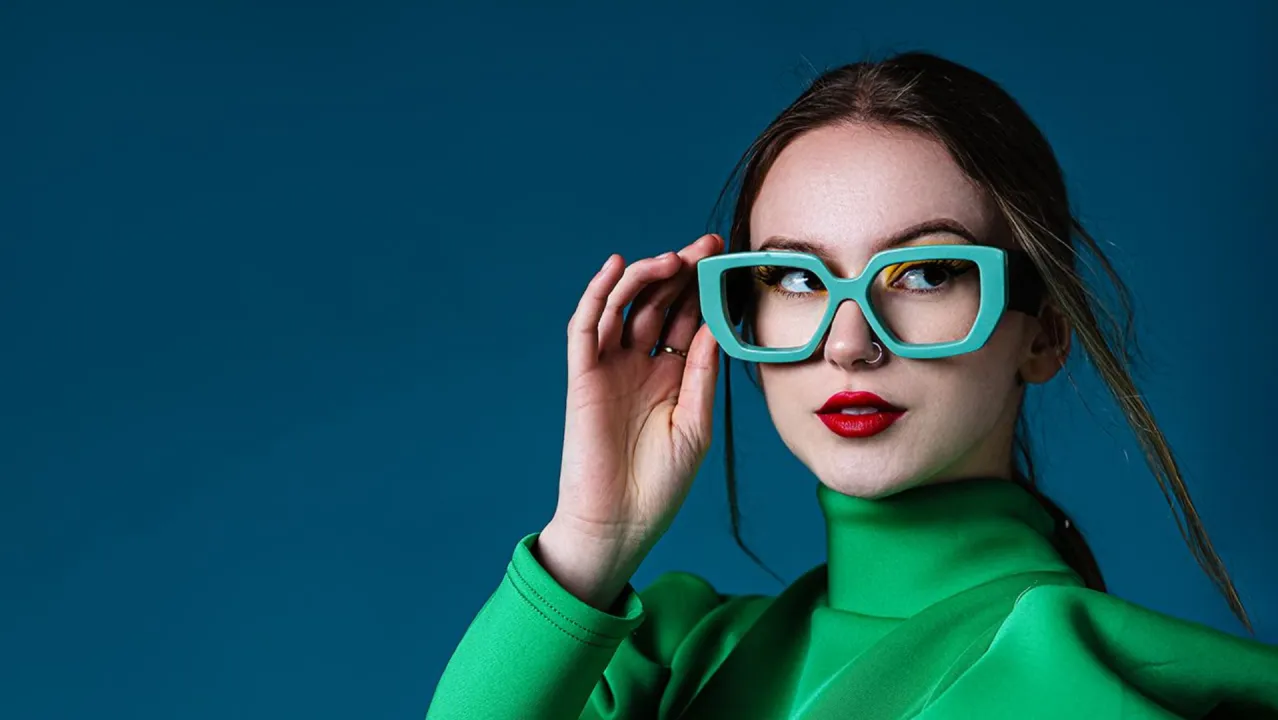In the bustling corridors of CES 2025 in Las Vegas, a discernible buzz surrounds the latest innovation set to transform our digital lives: smart glasses. At the forefront of this technological leap is the Ray-Ban Meta, a stylish collaboration between social media giant Meta Platforms (META) and luxury eyewear titan EssilorLuxottica. This partnership marries sleek design with cutting-edge technology, positioning smart glasses as the potential successors to smartphones in our everyday tech repertoire.

The Market’s Response and Future Prospects
The Ray-Ban Meta smart glasses represent a pivotal shift in wearable technology. Designed to offer a seamless blend of fashion and functionality, these glasses feature tiny forward-facing cameras, audio sensors, and ear speakers—all without sacrificing style. Brian Comiskey, Senior Director of Innovation and Trends at the Consumer Technology Association, likens the impact of smart glasses to that of the smartphone’s rise in 2008. “Smart glasses have massive potential,” he explains. They’re not just tools for tech enthusiasts but are poised to become essential for everyday communication, offering features like audio enhancement, voice-based assistance, and real-time language translation.
Nvidia CEO Jensen Huang also emphasized the transformative nature of this technology during his keynote at CES. “Very soon we’re going to have a continuous AI that’s with you,” Huang remarked, highlighting how these glasses integrate artificial intelligence to interact with the environment intuitively.
The Market’s Response and Future Prospects
The consumer response to Ray-Ban Meta has been enthusiastic. According to IDC, shipments of smart glasses are expected to see significant growth, with a predicted increase of 73% to 1.8 million units in 2024 and reaching approximately 2.3 million by 2028. This growth is fueled by the continuous integration of AI features, which Meta and EssilorLuxottica frequently update. From live video streaming capabilities on social platforms to AI-driven object identification and upcoming features like live translation, these glasses are rapidly evolving.

Fabrizio Uguzzoni, President of Professional Solutions at EssilorLuxottica Americas, shared his excitement about the future of this technology. “It’s a very exciting time,” Uguzzoni said, noting the strategic expansion to include smart glasses in other EssilorLuxottica brands like Oakley. He believes that smart glasses are not just a trendy gadget but the future of personal technology, potentially replacing smartphones.
Consumer Insights and Advancements
Owners of Ray-Ban Meta glasses appreciate the convenience they offer—taking calls and accessing media hands-free is just the beginning. The forthcoming features promise even more interaction, such as the anticipated text display screen for apps and navigation, further blurring the lines between traditional eyewear and interactive technology.

As CES 2025 has showcased, the fusion of fashion and technology in the form of smart glasses like Ray-Ban Meta illustrates a significant trend in consumer electronics. With both giants like Apple rumored to be entering the market and ongoing innovations from existing players, smart glasses may soon become as commonplace as smartphones. This burgeoning sector promises not only to enhance our digital interactions but also to revolutionize how we perceive and engage with the world around us.










